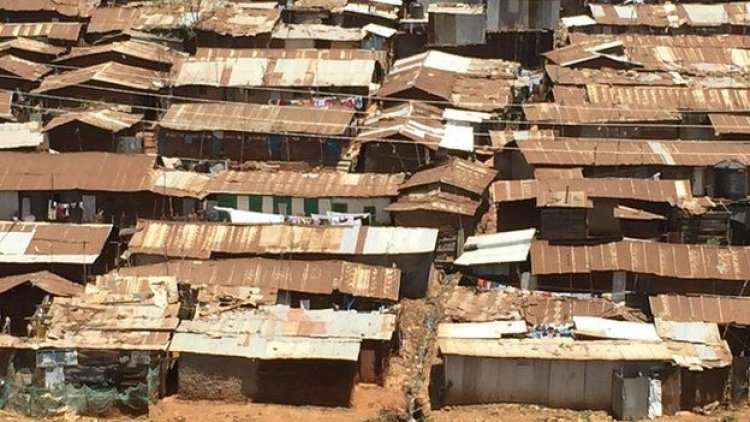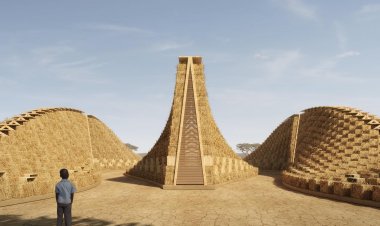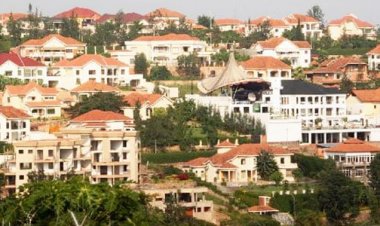The Genesis of Kibera Slum: Unraveling Social, Historical, and Economic Factors
The emergence and growth of Kibera as a sprawling slum is the result of a complex interplay of historical, social, and economic factors.

Kibera, located in Nairobi, Kenya, is one of Africa's largest and most densely populated slums. It is a vivid representation of the complex challenges faced by urban areas in developing countries. These multifaceted factors contributed to the formation and growth of Kibera and its historical, social, and economic origins.
Historical Background:
To understand the emergence of Kibera, one must delve into Kenya's colonial past. During the late 19th and early 20th centuries, Nairobi experienced significant urbanization due to the construction of the Uganda Railway. This led to an influx of migrant workers seeking job opportunities.
The British colonial administration designated certain areas for Africans, leading to the creation of Native Reserves. One such reserve was the Kibera Forest, initially set aside for the Nubian soldiers who had served in the British Army. However, after Kenya's independence in 1963, the forest was informally occupied by people who had been displaced from other parts of the country.
Rapid urbanization and rural-urban migration:
Rapid urbanization and rural-urban migration have been major contributors to the growth of Kibera. The allure of better economic prospects, education, and access to services has drawn people from rural areas to Nairobi. With limited formal housing options, slum settlements like Kibera became the only affordable alternative for these migrants. Over time, Kibera's population swelled due to a lack of alternative housing solutions and the absence of urban planning strategies.
Inadequate urban planning and land ownership:
The lack of proper urban planning and land ownership systems exacerbated the development of Kibera. As an informal settlement, Kibera lacks basic infrastructure such as roads, sanitation, and electricity. The absence of clear land ownership and tenure systems has made it difficult for residents to legally claim and develop the land they inhabit. Consequently, the settlement has grown haphazardly, with homes often constructed from scrap materials and lacking essential services.
Socioeconomic factors:
Kibera's origins are deeply intertwined with socioeconomic factors. Poverty, unemployment, and income disparities have created a cycle of vulnerability and marginalization. Many residents struggle to secure stable employment and face limited access to education, healthcare, and other essential services. This perpetuates a cycle of poverty, hindering socio-economic mobility and further entrenching the slum's existence.
Government policies and neglect:
Government policies and neglect have also played a role in the formation and persistence of Kibera. Historically, informal settlements like Kibera have been overlooked by urban planning initiatives, leading to a lack of investment and infrastructure development. The government's failure to address the needs of Kibera's residents has perpetuated a cycle of poverty and marginalization.
The emergence and growth of Kibera as a sprawling slum is the result of a complex interplay of historical, social, and economic factors. The legacy of colonialism, rapid urbanization, inadequate urban planning, socioeconomic challenges, and government neglect have all contributed to its existence. Addressing the issues faced by Kibera requires comprehensive strategies that encompass land tenure reforms, urban planning initiatives, poverty alleviation programs, and investments in education and healthcare. Only through a holistic approach can the cycle of poverty and marginalization be broken.
If you have a real estate press release or any other information that you would like featured on African Real Estate Blog Post do reach out to us via email at [email protected]

































